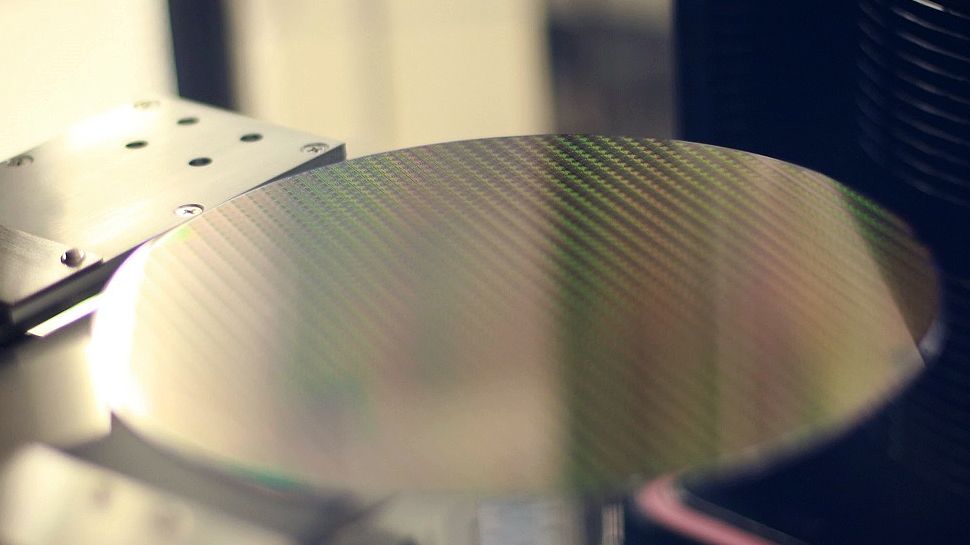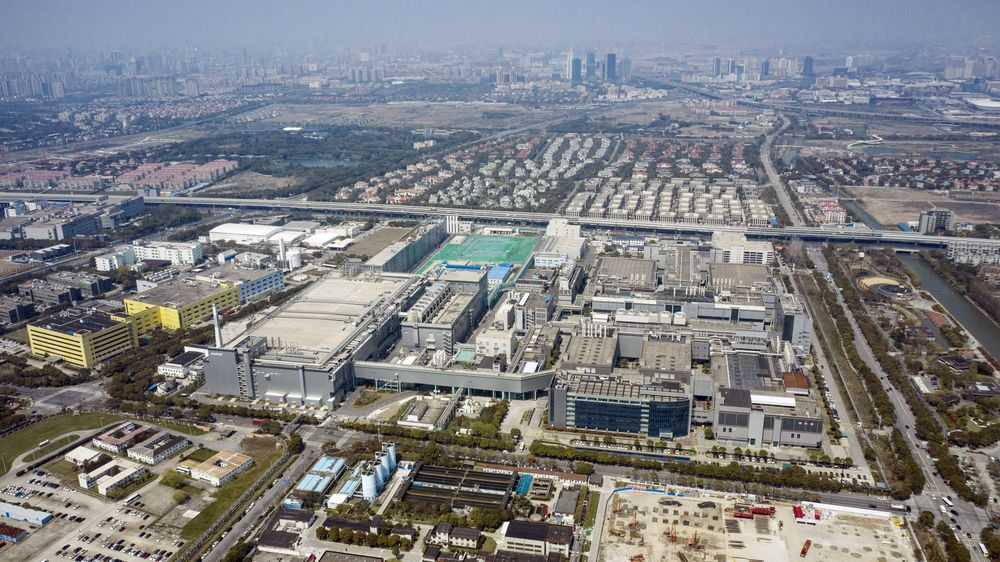despite state support, 10,000 companies closed in 2 years. What is the reason?

The expansion of its own semiconductor industry and the production of modern chips is a vital issue for China. A few years ago, the country’s government announced unprecedented measures – more than a trillion US dollars were allocated to support this industry. It would seem that everything should bloom and smell. But no – there are problems, and there are many of them, as we wrote about more than once. Now it turned out that in the country in just a couple of years about 10,000 chip development companies closed. Details of what happened and an analysis of the situation are under the cut.
What about companies and state support?
The closure of many thousands of manufacturers that went bankrupt was reported by the Chinese themselves. Initially, the information appeared in the People’s Daily media, then it was repeated on Chinese TV, and then, supplemented with analytical data, it was released several articles already Western media.
As it turned out, state support is not everything, the companies that supported the funding had to compete both with each other and with international business. Not everyone passed this stage of testing. Moreover, there were much more negative factors than the usual, albeit tough, competition.
State support is still in effect. In 2020, officials announced the allocation of $1.4 trillion for the development of high technologies. The money was planned to be allocated in tranches until 2025. The funds are provided to electronics and software manufacturers to create their own 5G technologies, smart gadgets, and develop AI products.
The funds are received by Alibaba Group, Huawei Technologies Co. Ltd, SenseTime Group Ltd. and a number of other high-tech companies. Their main task is to reduce the dependence of China’s electronic industry on other countries, mainly the United States. This was announced at the launch of the Made in China 2025 program. By the way, immediately after the announcement, the program was severely criticized by the administration of the US President, as well as ex-President Donald Trump. This program is one of the causes of “electronic wars”.

According to the goals of the Made in China program, enterprises from 31 provinces receive investments. Finances are not only public – private capital also allocates funds. In some cases, China is going to replace technologies from IBM, Oracle, EMC and other companies that it uses with its own.
For example, equipment in data centers in China is gradually being replaced by domestic ones. Developers and suppliers of such equipment receive significant funds. According to Chindata Group calculations, for every dollar spent on the development of data centers, there are from $5 to $10, which are received by representatives of related industries, including energy companies, network equipment manufacturers, etc.
Money is not a panacea
At first, everything seemed to be great. The Chinese media reported an increase in chip development companies by several tens of thousands. This is a very strong growth. For example, in 2015 there were 736 such companies, in 2017 – 1780. But from 2020 to 2021, about 70 thousand new companies that were engaged in the development of chips were registered in the country.
The problem is that they all depended on government subsidies. In addition, in a short time, a large number of not very different companies arose that were engaged in the development of “mass consumption” chips, so to speak. They opened, received subsidies, and closed after a short time. Digitimes journalists even nicknamed such organizations are fake, fake tech companies. The cost of one such company is many millions, and even tens/hundreds of millions of US dollars, that is, a huge amount of money was spent on supporting fakes.

Another problem is that even the “white and fluffy” chip developers who opened up with real work as their goal could not get experienced specialists on the staff, including both technologists and managers. But the semiconductor business is extremely complicated, here you need to be able to build supply chains, negotiate with suppliers of raw materials, and, if necessary, conclude an agreement with contract chip manufacturers. And without normal management by an experienced manager, such a business is doomed, if not to failure, then to a “smoldering” existence, when any negative factor can lead to disruption of production, cancellation of contracts and bankruptcy.

Also, global issues.
In addition to internal negative factors, Chinese companies engaged in the semiconductor industry are also affected by powerful external factors. They also can not be called positive. Initially, the PRC business felt very good in the face of a shortage of semiconductors. This refers to companies that supply the chips themselves to the market, from “consumer goods” to exclusives in the form of powerful modern processors and graphics adapters. Prices were rising all the time, demand was also increasing and, in general, everything was fine.
But in 2022, the “ebb” began – demand gradually began to fall, followed by prices, despite the fact that stocks of devices and components in warehouses continued to increase. Therefore, companies that depended solely on state subsidies and rising prices immediately felt the impact of the crisis.
Another factor is the increasingly stringent US sanctions that have closed many Chinese chipmakers from the global market. Well, European and American suppliers of tools for the production of chips, i.e. lithographic machines were also banned from cooperating with China. Not everyone agrees, but the situation is still difficult.
Everything is bad?

Now in China they are producing their own processors according to the 14 nm process technology, they are planning to release 7- and 5-nm chips. Graphics cards and laptops are produced. Perhaps the Celestial Empire is developing faster than it shows to the international community. But it is still difficult to judge how the situation will develop if the sanctions become more stringent. Perhaps, in the end, China will still have to postpone the production and production of modern chips, focusing on the supply of systems of previous generations.
Understanding the uncertainty of their future, Chinese chip manufacturers are gradually increasing purchases of equipment for the production of semiconductor wafers. This is done in order to ensure the normal operation of their own enterprises. It is clear that the Celestial Empire conducts such transactions covertly, so that partners and Chinese companies themselves do not once again attract the attention of US regulators.
Not one company does this, but many electronics manufacturers from China. For example, SMIC, HuaHong, Nexchip, Silan Microelectronics and others purchase not only whole used lithographic machines, but also individual components and spare parts for them. Buys equipment and the company Huawei, which is currently under the toughest sanctions of all Chinese electronics manufacturers.
But still, there are really a lot of negative factors, so if something else appears, or if several existing pressure factors on the industry increase simultaneously, the situation may get out of control.
You may also be interested in these texts:
→ Interplanetary station JUICE goes to Io, Ganymede, Europa and Callisto. Why are they interesting?
→ How to effectively share the results of your work? About the “boasting” of a healthy person
→ Simple procedural world generation, or Perlin Noises in Python





